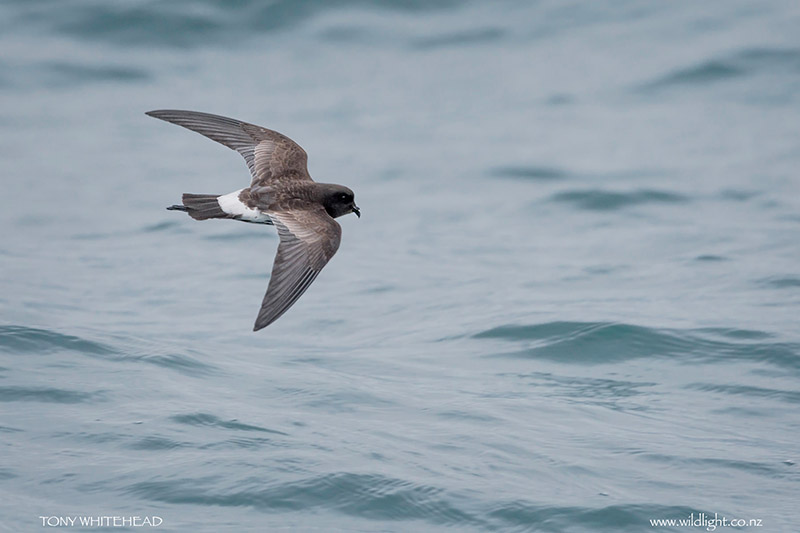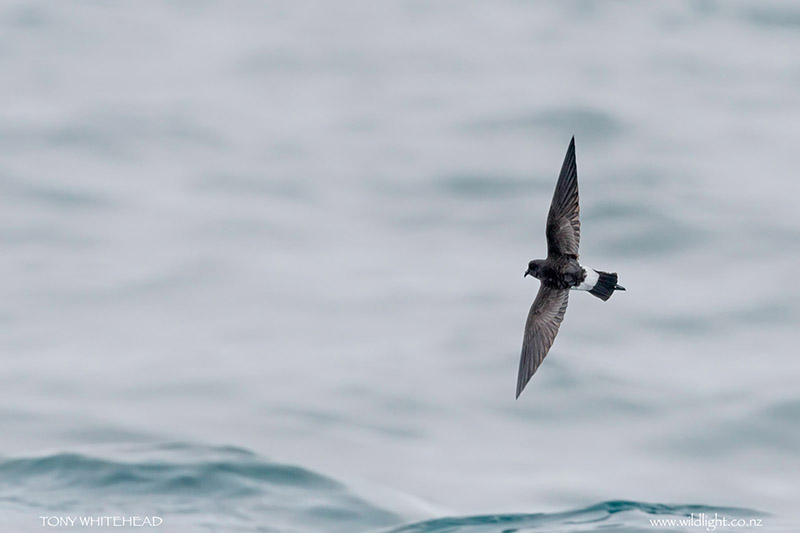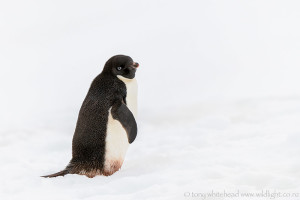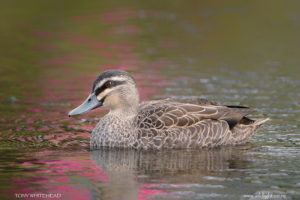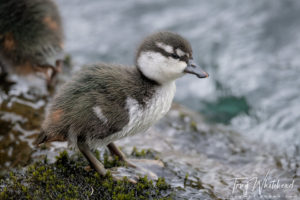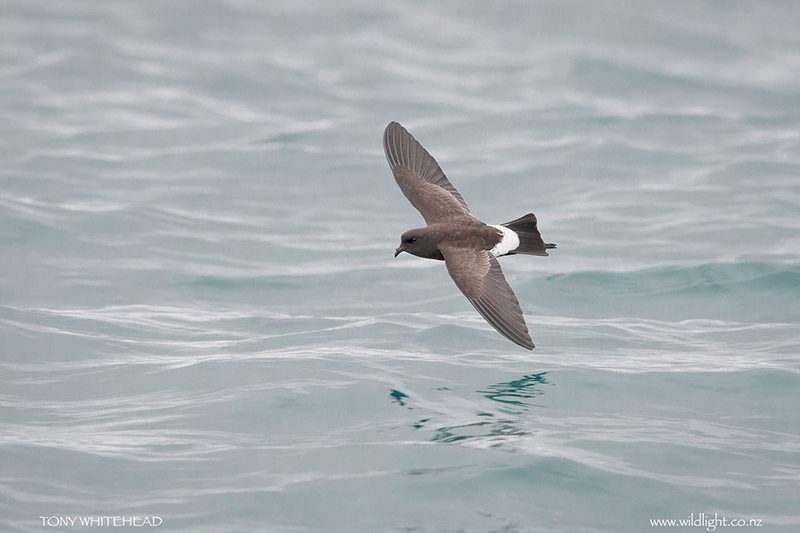
I hadn’t intended to devote an entire post to New Zealand Storm Petrels but while processing my images I couldn’t help marvelling at the excitement of working on photos of a bird which until recently was thought extinct. Originally described from three specimens collected in the 1800s the New Zealand Storm Petrel had not been reported since and thus presumed extinct. In 2003 a group of birdwatchers spotted an unusual storm petrel off the eastern Coromandel Peninsula and as photographs were taken it could be identified as a New Zealand Storm Petrel. Subsequent genetic studies comparing them with old museum specimens have confirmed the identification.
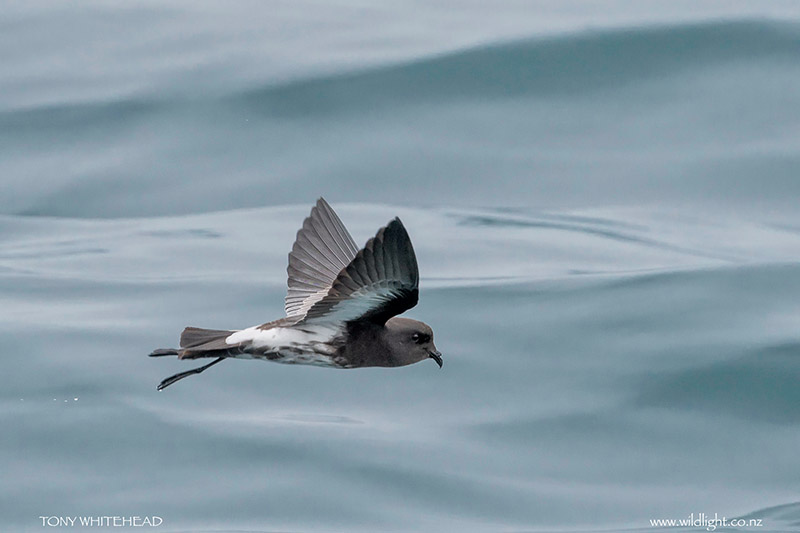
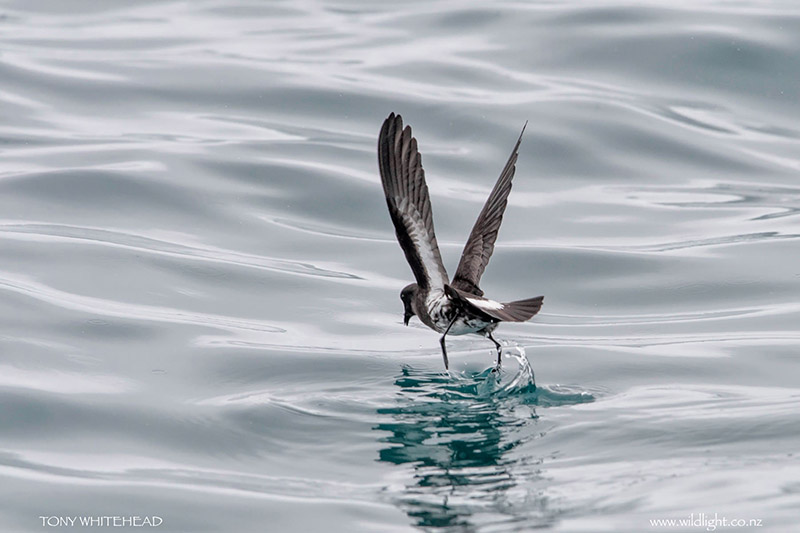
In 2005 a bird flew onto a fisherman’s boat near Hauturu/Little Barrier Island. As an ex-conservation worker the fisherman recognised it. In 2011 a plant stalk attached to a bird’s leg was identified as being endemic to northern New Zealand suggesting a local breeding site. In 2012 a capture program at sea from February to May identified individuals with bare brood patches and subsequent feather regrowth. This information determined the brooding and chick rearing phases of breeding. Finally in 2013 breeding birds were located in burrows on the forested interior of Hauturu/Little Barrier Island after radio tracking birds captured at sea.
It is stories like this that fire the imagination and, like a reprieve from any death sentence, remind us to cherish and protect what we have. So many of our birds are under threat and it is our duty to do all we can to to prevent them falling off the edge of the world. Whenever I am in the depths of a native New Zealand forest amongst moss, fern and Podocarp or Beech I am sad that there are no Moa. The place is perfect for them and at times I can imagine seeing them walking through browsing. Sadly they must remain in my imagination. What a birding destination New Zealand would be if they still roamed instead of all having ended up eaten. How about a Haast Eagle. What a sight that would have been. Fortunately we have our magnificent albatrosses still but if we shift our focus from the large to the small there is even more to marvel at.
More more information see New Zealand Birds Online which features some of Edin’s images of this species.
All photos with Nikon D500 and Nikon 300mm f4 PF lens.
